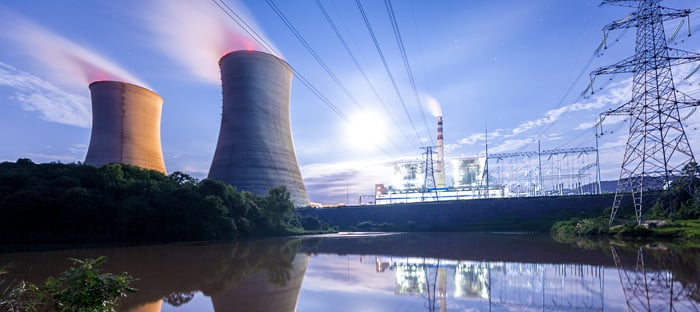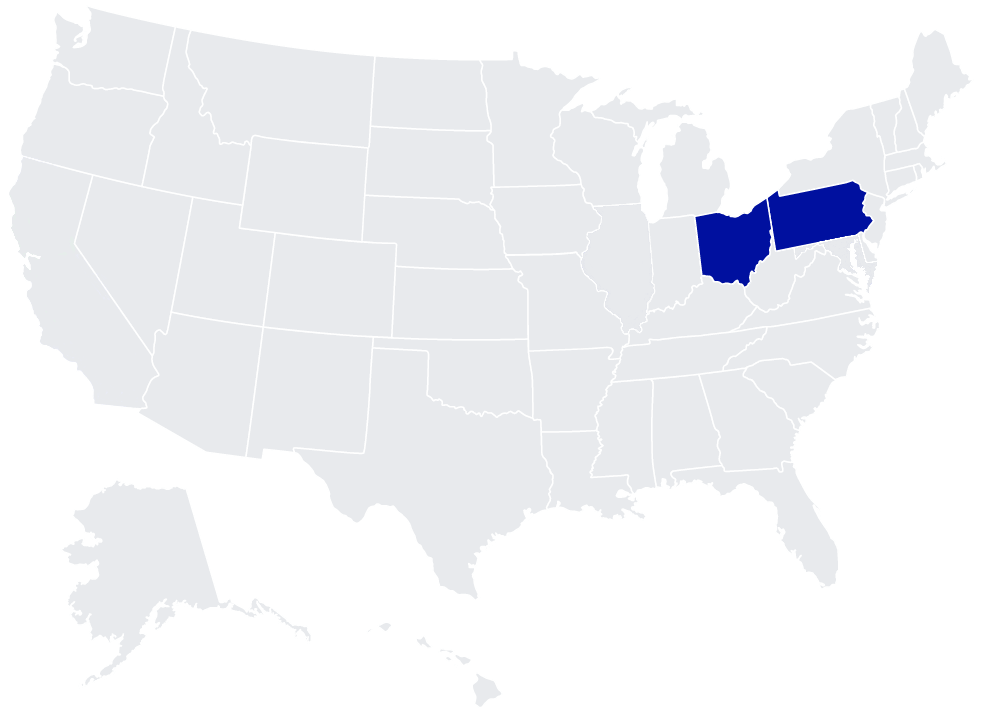Now that you know the benefits of Energy Choice for your home or business, it’s time to compare rates and decide if selecting a new supplier is right for you. And you can do it all in three easy steps.
Step 1: Get to know your current budget
Start by reviewing your current energy budget. If you know what you are paying for electricity and natural gas – as well as how that price is determined – you can make a more informed decision when comparing plans.
Billing for household and business energy consumption is typically measured one of three ways:
Overall usage
Electronic meters record the amount of electricity or gas expended, measured in and charged by kilowatt hours (kWh) for electricity and therms or cubic feet (CCF) for natural gas, which is then recorded by the utility company to determine your monthly usage levels.
Tiered pricing
This pricing system increases the cost for energy consumption each time you use a certain amount of electricity or gas over a pre-defined time. So, for example, an electric rate might increase every time you use 250 kWh of energy.
Time of use
Often called peak hours, some energy plans will charge more for energy usage during busy periods of the day.
Step 2: Choose a fixed or variable rate
The first decision you must make is the choice between two types of rates: fixed-rate and variable rate. Choosing electric company rates usually depends on your personal comfort level with shifting energy prices and the climate where you live. Here’s the difference:
Fixed-rate plan
Homeowners and businesses pay the same rate each billing cycle throughout the plan contract. Because energy prices can fluctuate based on demand, shoppers in geographic areas that enjoy seasonal temperature swings are often shopping for a fixed-rate plan. Budget-conscious consumers who want a more consistent monthly bill may benefit most from a fixed rate.
Variable-rate plan
Costs shift monthly based on changes in the energy market with this rate plan. If you follow market prices closely, can manage the math to ensure you are getting the best deal, and like the option of frequently switching energy suppliers, this plan might work well for you.
Step 3: Learn the difference between short-term and long-term plans
Beyond fixed-rate and variable-rate plans, make sure you also compare how long your energy plan will last. This is important because the price you pay may be influenced by the length of your plan. Most suppliers offer short-term and long-term plans.
Short-term plans
Typically last 6 to 12 months. These plans are best for consumers who want to try new plans or regularly search for better deals. The risk is that when the contract term ends, there may not be a better rate to switch to.
Long-term plans
Usually 18 months or longer, give consumers an extended period of predictable energy costs. Regardless of seasonal price fluctuations, long-term rates are guaranteed to remain the same.
Step 4: Check for incentives when you switch electric and gas plans
Also, see if the energy company offers any enticing incentives for making the switch. Incentives might include guaranteed satisfaction, typically a “try-out” period in which you can make sure you’re satisfied with the supplier, and loyalty rewards for staying with the supplier once a contract is complete.
Step 5: Find the electric company or natural gas supplier that matches your needs
With Energy Choice, you’re doing more than selecting a new plan, you are also choosing a new energy supplier. Take time to learn more about each energy company and find out if their values match yours. Learn more by finding out:
If the energy supplier is licensed to operate in your state
You may discover some great rates only to find out the energy provider doesn’t offer those rates where you live. Energy suppliers must be licensed by each state’s public utility commission to do business there.
How they interact with the community
Does the supplier give back to the communities where they work? In what way do they give back?
How they interact with customers
Does the supplier respond quickly to customer concerns? Is it easy to contact them? You might find out by contacting the supplier before you make the switch.
Do they charge cancellation fees
Does the supplier impose an early termination fee? This might make a difference the next time you’re reviewing energy choices.
Step 6: How to change your electric and gas supplier
Once you have found the right energy supplier and a great natural gas or electricity plan, making the switch to the new provider is simple. In fact, your new supplier will manage the entire process with your utility company.
The actual transfer from one supplier to the other may take up to 45 days to complete, depending on your utility. Check your next couple natural gas or electricity bills after you make the switch to verify that your new supplier is active.
















